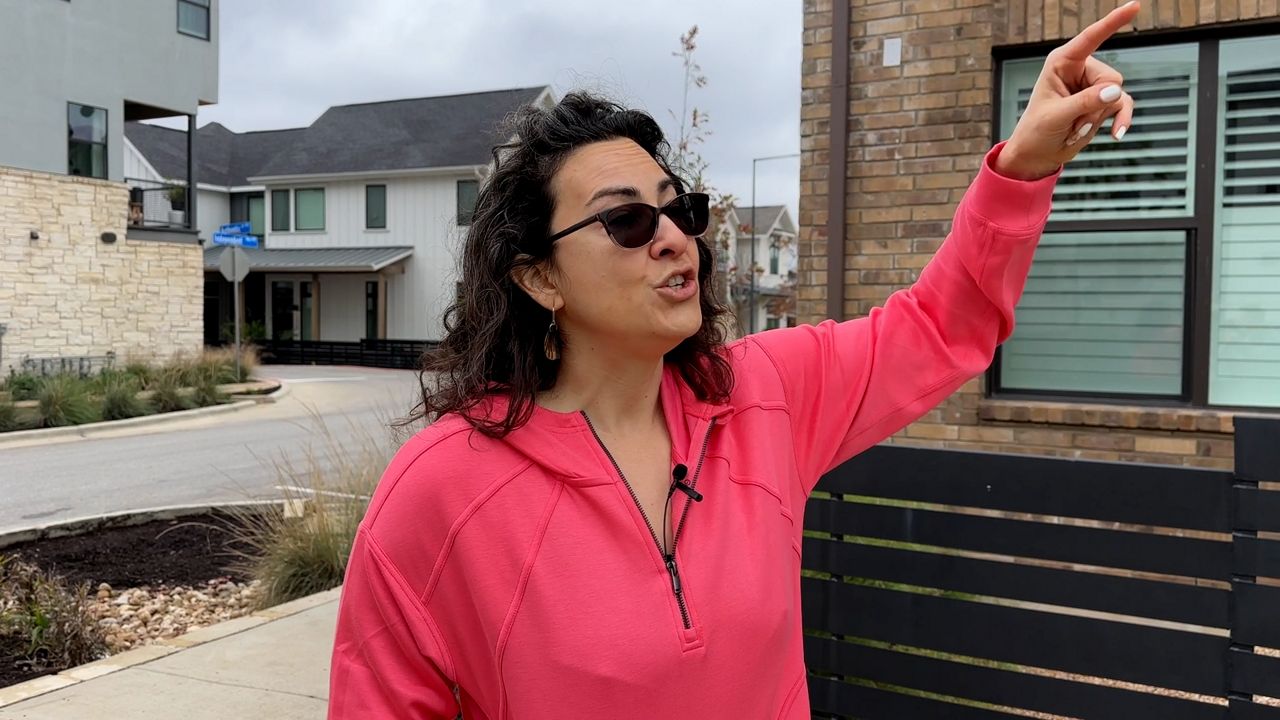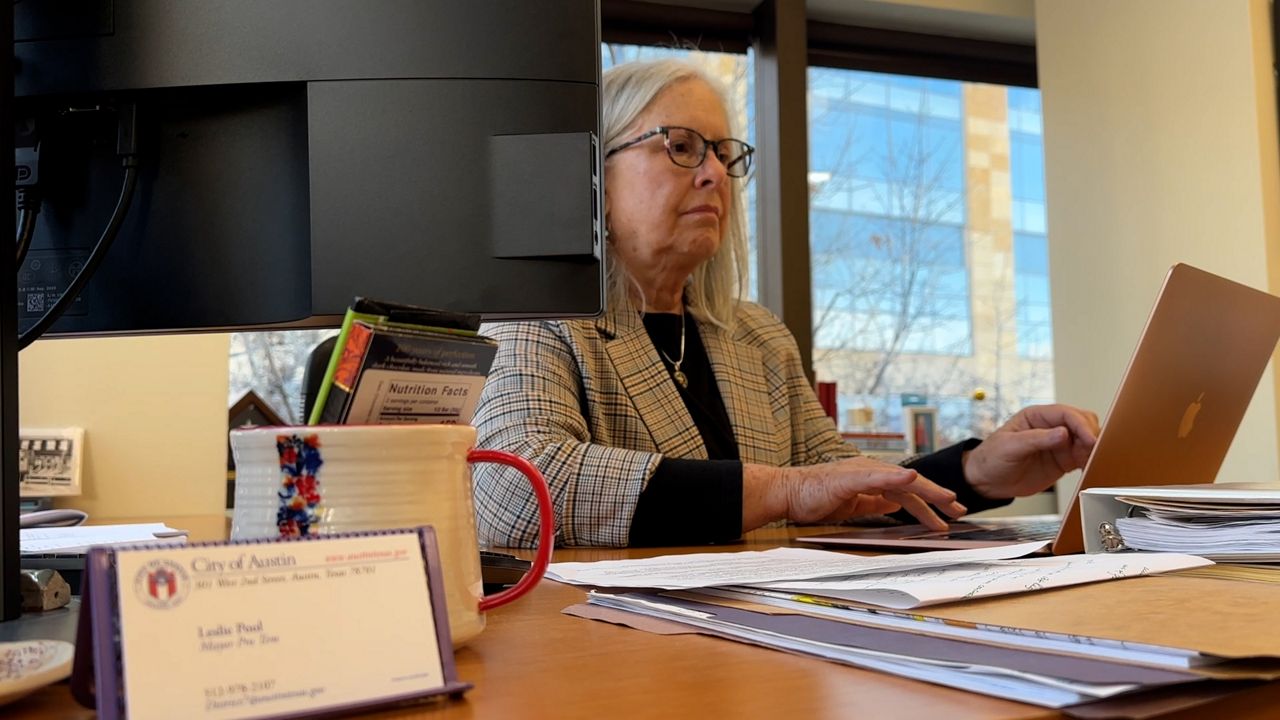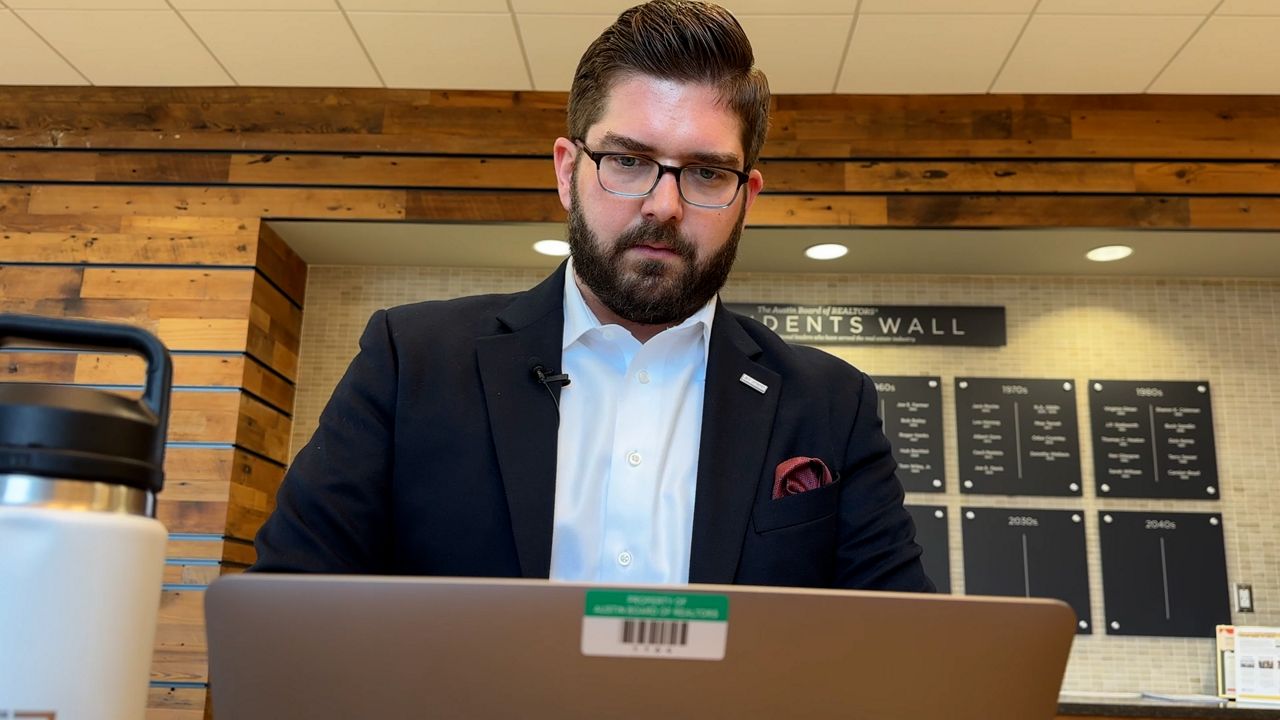AUSTIN, Texas — Back in December, Austin City Council approved the first phase of an initiative aimed at creating more housing for middle-income families, but some community members are skeptical of whether it will truly create more affordable housing options.
“What did we give? What did we get? Who lives here?” Llanes said.
Austinite Carmen Llanes, executive director of the community-based organization Go! Austin/Vamos! Austin (GAVA), says the Austin City Council missed the mark with its land development code initiative called the HOME initiative, an acronym for Home Options for Middle-Income Empowerment.

“Their thought is we have to try something,” Llanes said. “Displacement is already happening, and this is better than nothing. If your house is on fire and I throw gasoline instead of water and you get upset, how would you feel if we said well, it was burning anyway? Because we’ve been watching the root-cause actors and have seen who benefits when we relax zoning regulations.”
Phase 1 of the HOME initiative passed by a 9-2 vote on Dec. 7, and it amended the city’s Land Development Code to “provide more housing types and increase housing supply,” according to the city’s website. One of the key features of the initiative is it would allow property owners to build up to three units on their single-family lots.
Llanes was among many to urge caution during public comment, which lasted nearly 12 hours. Those against the initiative pointed to missing home studies in the city from 2023, which showed only 13% of residences sold were affordable to middle-income residents, leaving a shortage of approximately 215,000 units.
“The word affordable and housing, those words got thrown out everywhere, but there were plenty of opportunities to write that in and the council didn’t,” Llanes said.
In previous years, Austin City Council has tried other measures to create more fair housing opportunities such as the Affordability Unlocked Development Bonus Program, which waives development restrictions if the developer provides low and moderate-income housing.
Many on City Council, including 10-year council member Leslie Pool, are hoping for more significant results under this new action.
“Our efforts to try to reverse or slow gentrification and displacement haven’t had great outcomes, but we haven’t tried this,” Pool said.

City Council hopes that the HOME initiative’s two phases will help current homeowners keep their properties long-term and this spring work to find those missing middle units like townhomes, row houses and cottage courts.
“Things that are valuable, sustainable and that build resilience take time,” Pool said. “They take time to take root, they take time to benefit people and takes time for the community to understand it and embrace it and push it forward themselves.”
A person supporting the initiative is Austin Board of Realtors’ Deputy Director of Government Affairs Taylor Smith. He said there are various factors at play regarding housing availability in the fastest growing metro population for a 12th straight year.

“We call this a ‘yes, and,’” Smith said. “Council is doing enough to start the process for more affordable and attainable housing across the city, but there’s always additional steps to pursue and that includes density bonus programs.”
Now the 10th largest city in America, Austin continues to find itself between the current residents and those soon to call the Capital City home.
“We desperately need to ensure we approve housing policies that not only takes care of existing Austinites but plans for future growth that’s inevitable coming,” Smith said.
The city’s growth, Llanes says, needs to be handled responsibly with an emphasis on the diverse communities that made Central Texas what it is today.
“Is our crisis a supply crisis or an affordable crisis?” Llanes said. “It’s pretty obvious it’s an affordability crisis because who’s getting displaced, people that can afford to live here.”



